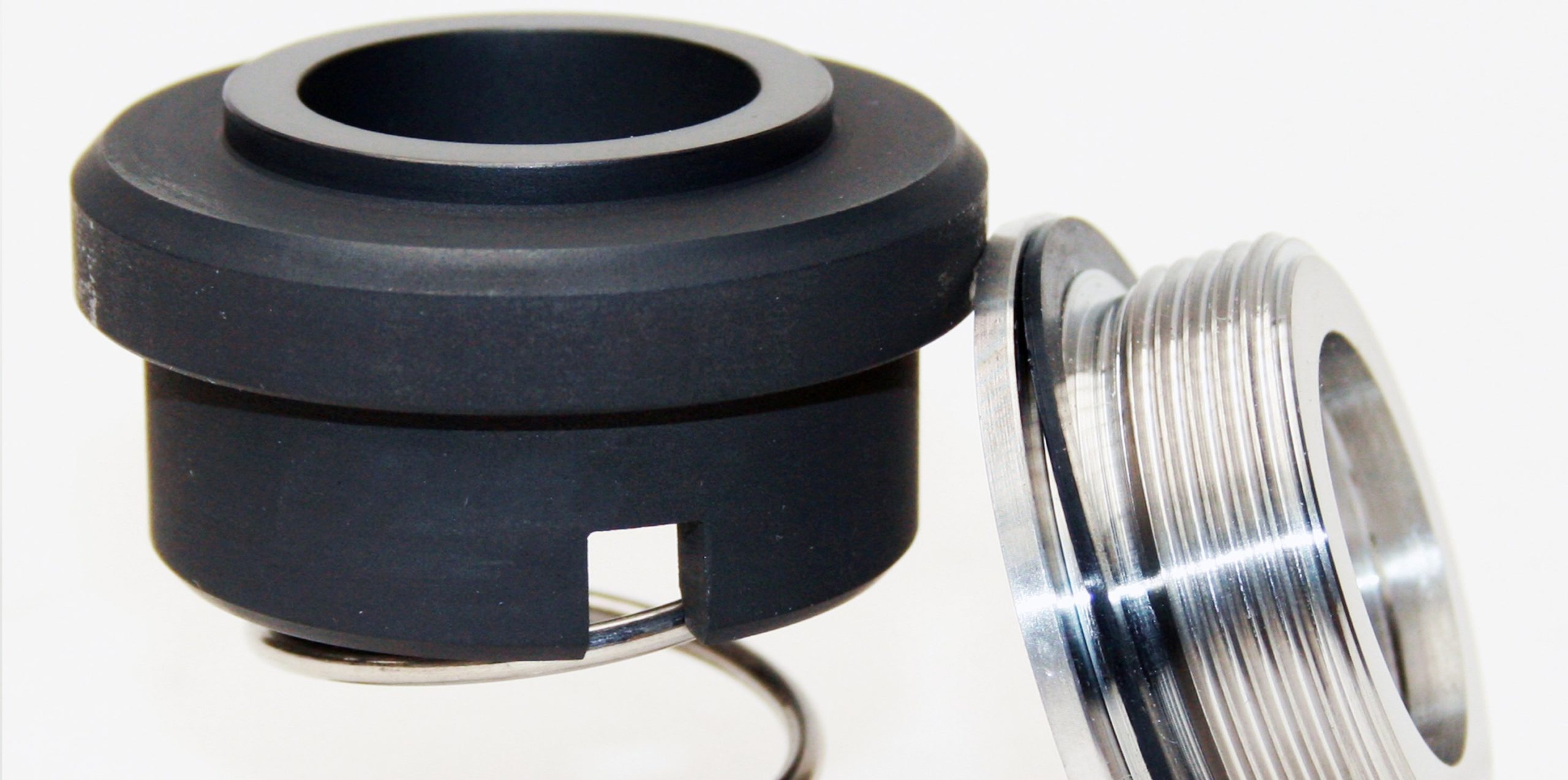How Does a Mechanical Seal Work?
How Does a Mechanical Seal Work?
How Does a Mechanical Seal Work?
28 Aug 2019

Understanding Mechanical Seal Spring Mechanisms
Various types of spring mechanisms are used in mechanical seals to supply the pressure to keep the stationary and rotating seal faces together. They can be divided into four general types: single spring, multiple spring, wave spring and metal bellows.
The spring mechanism must supply the appropriate degree of pressure, too little pressure will allow leakage. Too much pressure can cause excessive wear and cause complete seal failure. The type and length of the spring is designed to provide the correct pressure. While the degree of pressure is critical, it is not the only factor involved. Mechanical seals also rely on fluid film – the lubrication between the stationary and rotating seal faces.
Without lubrication between the two seal faces, the equipment would quickly overheat, causing damage to the seal and possibly to the shaft as well. The faces rotate on a film of fluid, this distance is almost infinitesimal, about one micrometre. (One micrometre is 0.001 millimetre.) The correct lubrication for the application is an essential part of a mechanical seal and adds to its efficiency and lifespan. This is vital for understanding how does a mechanical seal work.
Understanding Mechanical Seal Face Components
Mechanical seals are manufactured with different face materials depending on the application involved. These include Carbon, Ceramic, Silicon Carbide. Tungsten Carbide and Stainless Steel.
The most common face combination is Carbon-Ceramic for applications generally having clean media. Where the media contains assorted particles, then harder faces would be used either carbon against silicon carbide, or perhaps silicon carbide against-silicon carbide. For applications where the media might be sticky, e.g. fruit juice, then Tungsten Carbide faces could be used. For Hygienic seals, the faces are often Carbon against Stainless steel. However, there are food quality grades of the other face material. Choosing the most suitable face combination will prolong the life of the mechanical seal.
Mechanical seals are manufactured with different face materials depending on the application involve
While the seal faces are generally unaffected, the elastomeric secondary seals must be of a material that won’t be affected by the media, being pumped or any cleaning solutions that might be used. The secondary seals O-rings or Rubber Boots need to be made of a material that is resistant to whatever is being pumped. Materials used for secondary seals include Nitrile, Epdm, Fpm, Ptfe and others. The rubber parts of the mechanical seal mustn’t be attacked by the media used. Choosing the correct elastomer will help prolong the life of the mechanical seal. Selecting the correct faces, correct spring length, and with the right elastomeric secondary seal will prevent early seal failure.
Mechanical seals have applications in many, many fields from agriculture to pharmaceutical to manufacturing. Mechanical seals also come in a wide range of sizes. But to know which one will meet your needs, you must understand how a mechanical seal works. When you are familiar with the basics, you can better explain your needs. Abbey Seals staff can help you choose the optimum seal for your application, and we are happy to answer any questions you have about seals and how they work.
-
Post tags
-
How Does a Mechanical Seal Work
